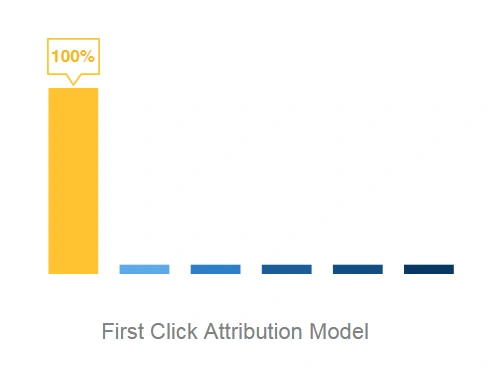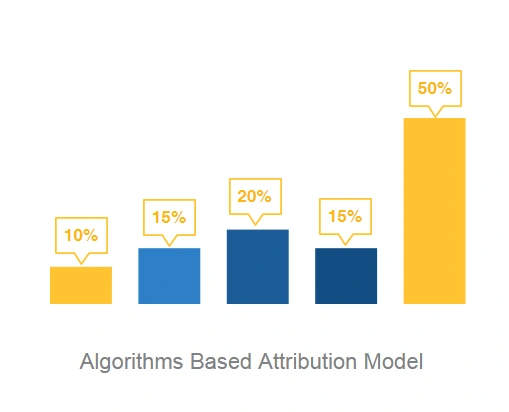See the full picture: Move beyond first- and last-click with smarter, user-focused measurement.
In the digital age, accurately understanding how users interact with your brand across channels is key to marketing success.
Traditionally, many businesses relied on last-click or first-click attribution models, where conversion credit is assigned entirely to the first or final user touchpoint. While these models are straightforward and widely used, they don’t always reflect the reality of modern, multi-touch journeys.
Today’s consumers interact with brands across multiple platforms and devices — and each touchpoint plays a role in influencing decisions. As a result, businesses need attribution models that recognize the entire journey.
That’s where Google Analytics 4’s Data-Driven Attribution (DDA) comes in.
What Is Data-Driven Attribution (DDA)?

GA4’s Data-Driven Attribution model uses machine learning to analyze all interactions a user has with your brand — across paid, organic, email, social, and more — and assigns conversion credit based on the actual contribution of each touchpoint.
It helps answer the question:
“Which marketing activities helped drive this conversion — and by how much?”
Rather than relying on predefined rules, DDA adapts to user behavior, delivering a more balanced and data-informed view of performance.
How Data-Driven Attribution Works in GA4
Google’s modeling is based on billions of anonymized user journeys and takes into account:
- Number and type of interactions.
- The order of touchpoints.
- Time elapsed before conversion.
- Device type and user re-engagement.
The result? Each channel receives credit proportional to its role, offering a more complete view of how your marketing activities contribute to conversions.
Key Benefits of Data-Driven Attribution
✅Complete Journey Visibility
See beyond the first or last interaction. DDA allows businesses to map the entire customer journey and better understand how users engage across channels.
✅Smart Budget Allocation
Understand which campaigns play a supportive or assisting role in conversions, helping you allocate spend where it has the most impact — not just where conversions are finalized.
✅ More Accurate Insights
DDA highlights the real value of early and mid-funnel efforts — like awareness campaigns or email nurturing — that may be underrepresented in rule-based models.
✅ No Complex Setup Required
In GA4, DDA is the default attribution model for many key reports, giving businesses access to more advanced insights without needing custom configurations.
✅ Actionable Reporting
When combined with tools like Looker Studio, teams can build visual dashboards showcasing multi-touch performance, conversion paths, and assisted conversion metrics.
Understand Attribution Models at a Glance

Last-Click → Focuses only on the final interaction before conversion.

First-Click → Prioritizes the first touchpoint, missing retargeting and nurture impact.

Data-Driven Attribution → Evaluates every touchpoint based on its actual influence.
From Attribution Insights to ROI
At Daam Al-Arabia, we help leading brands in Saudi Arabia and the wider region leverage GA4’s Data-Driven Attribution model to improve performance visibility and optimize their digital investments.
With the right implementation and interpretation, Data-Driven Attribution empowers you to:
- Identify top- and mid-funnel channels that contribute to success
- Adjust strategy based on real user behavior
- Improve media planning with holistic attribution reporting
- Align teams around insights that reflect the full customer journey
Final Thoughts
In today’s complex digital environment, relying on single-touch models can limit growth potential. GA4’s Data-Driven Attribution offers a smarter way to understand and optimize user journeys across all touchpoints.
With Daam Al-Arabia’s analytics expertise, we’ll help you implement, interpret, and act on these insights, turning data into direction, and strategy into growth.
Send Us A Message
Quick Contact
Quick Contact
Trusted by some of the biggest companies in the Kingdom







